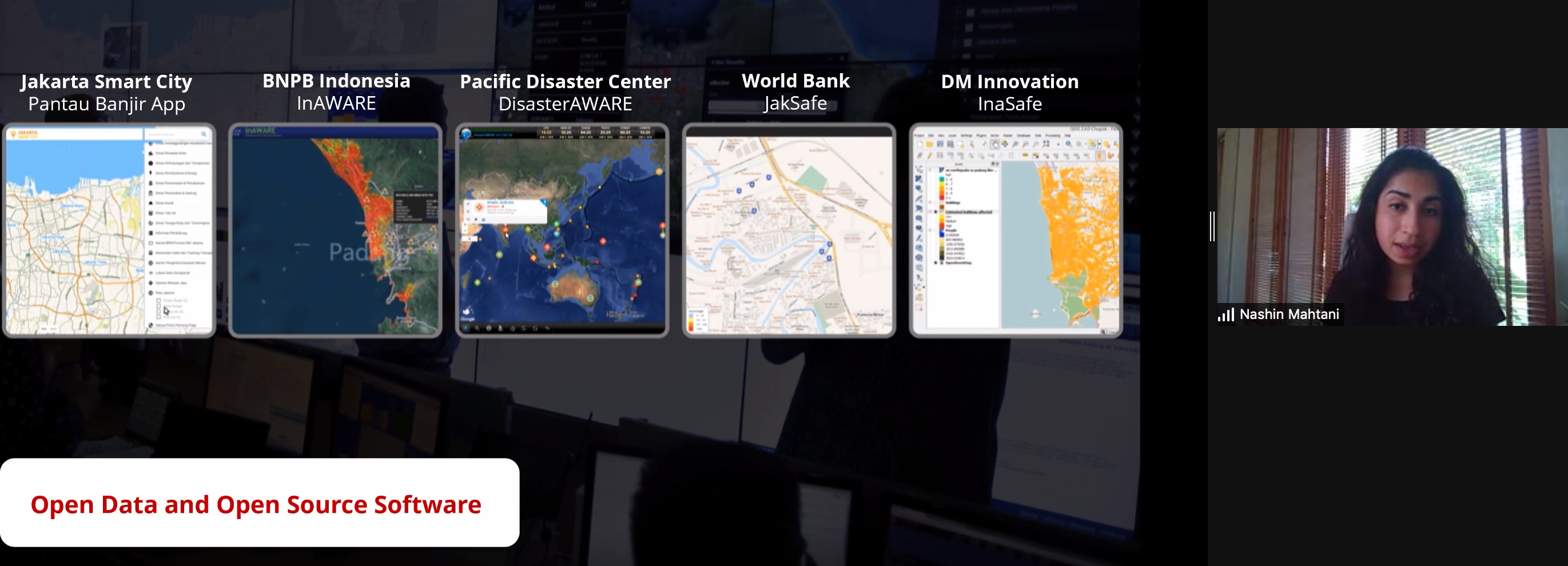From posts to tweets to chats, likes to shares, humans are producing a massive amount of data on social media every day. The microblogging site Twitter, with 400 million users alone, allows users with programming skills to extract data from their site through a number of Application Programming Interfaces (APIs). What can we learn from this data - and can it be used safely to make the world a better place?
On November 18, four speakers from Toronto, Seattle, Jakarta and Shanghai gathered to consider these questions at the panel sponsored by the NYU Shanghai library, Social Media for Social Good: Twitter API Deciphered in Small Bytes. The speakers described how analyzing data extracted from Twitter informed their research on issues such as migration, mental illness, and disaster prevention and relief.
“Despite its limitations, publicly-available big data like Twitter provides researchers an opportunity to understand deep problems at low cost without intruding on individuals' privacy. It can transform the way we understand ourselves and the world,” said Assistant Professor of Information Systems and Business Analytics Bruno Abrahao, who shared how he and his team used Twitter as a“giant clinical trial on the web” to develop methods to aid the treatment of depression.
Suhem Parack, Senior Developer Advocate at Twitter who helped coordinate the event, zoomed into the panel from Seattle, United States and walked the audience through the company’s ‘get-started’ guides, and answered questions regarding the accessibility of the tool.
Ryerson University research fellow Stein Moterio, kicked off the event from his office in Toronto, Canada by describing how he could measure the influence of diaspora groups on the politics of their home countries solely by monitoring and analyzing their public Twitter conversations.

Dr. Stein Moterio visualized the data based on 84,493 Tweets collected from Twitter API between November 1, 2020 and 30 using hashtags.
Nashin Mahtani, Director of Indonesian non-profit Yayasan Peta Bencana (meaning"disaster map foundation" in Indonesian), shared how her team uses Twitter API to monitor Twitter posts by residents in Indonesia’s disaster-hit areas and to map disasters in real-time.

“The social media tool brings information from street level to democratized decision support when disaster comes,” Mahtani said. Her university research has developed into disaster-relief projects and open source softwares that save millions of lives. For her social impact contributions, she was recognized by Forbes Asia 30 Under 30s this year.

Professor Bruno Abrahao interacts with the audience.
Audience members from varying disciplines such as business, urban studies, and development with differing levels of expertise on Twitter data engaged in lively dialogue with speakers about research methodologies and interdisciplinary coordination.
“The talks called my attention to points that have not yet been touched upon in my data science intro courses. It amazes me to see how information flows transnationally and how powerful this tool is that it can solve problems by identifying the location of the tweets,” said Yang Shaoguang NYU ’22, a double-major in Economics and Mathematics.
Xin Ran ’25, who attended with her classmate Deng Weirong ’25, said the seminar deepened her insights into the importance of data analysis, and caused her to think seriously about majoring in Data Science.
“We are super excited about this event,” said Zu Xiaojing, Director of NYU Shanghai Library. “Two years ago, the ‘Lying with Data’ series started the Library's community-wide programming on Data Literacy. This Twitter API event is our way of continuously encouraging thinking, dialoging, development and scholarship in data and data literacy.”


